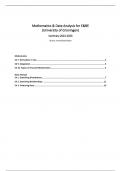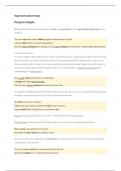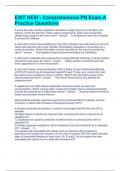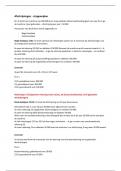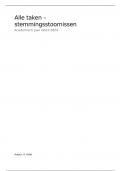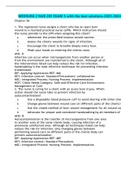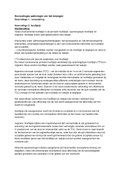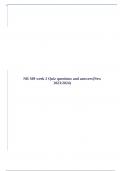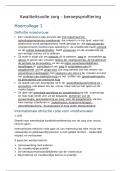Samenvatting
MATHEMATICS & DATA ANALYSIS FOR E&BE | Summary (RUG)
- Instelling
- Rijksuniversiteit Groningen (RuG)
Summary of chapters 7, 9 & 10 from Essential Mathematics for Economic Analysis by Sydsaeter & Hammond and chapters 1-3 from The Practice of Statistics for Business Economics by Alwan, Craig & McCabe. Covers all material needed for the final exam of the course Mathematics & Data Analysis for E&BE in...
[Meer zien]
